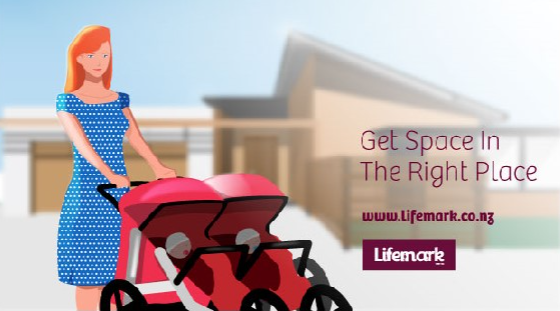Homes for Life
The ultimate sustainable home. We know the 3 R’s…Reduce, Reuse, Recycle and how they apply. To begin, material selection is a vital consideration. The types of materials, how they are sourced and what happens to those materials at the end of their life. Then, there is the performance of the home in terms of shelter, warmth and health. Orientation to the sun, the energy and water requirements and how each is sourced and managed to enable the home to operate effectively. The look and feel of the home and how it sits within its environment and community is also considered.
Finally, the functions of the home. How the current and future occupants of the home will we would expect, on average, 7 different households to live in that dwelling. If the home survives to be 100, then 14 different households will occupy it. Will their needs be homogeneous or would we expect some degree of diversity and difference. If so, how does the ultimate home perform for all types of people, because by incorporating flexible and safe living designs, there is less need for rework or redesign at a later stage and surely that meets the tenants of reduction, reuse and recycling.
In this month’s newsletter you will see some extraordinary homes that are built to be ultimate homes for living and if you are not sure about your own home from a flexible living perspective, try our free Lifemark™ Homescore tool, available on our new look website.
As always please feel free to contact me on geoff@lifemark.co.nz as we turn houses into homes for everyone.
Geoff Penrose
General Manager
Email: geoff@lifemark.co.nz
Eco Green Homes the star of the show
Accredited Lifemark™ Partner Eco Green Homes Ltd create homes that elegantly blend comfort, health, energy efficiency, accessibility, environmental sustainability and personal well being and safety.
in July.

The home is being built for Mr. Pragnesh Gandevia, who wanted the design to be both ecofriendly and sustainable. He also required a home that would suit in the future, whatever may happen. By using Lifemark™ standards in the design, the home is naturally sustainable as it will require little or no modification or upgrade in the future.
The green elements of the home include an insulated roof, foodgrade drinking water pipes, triple glazed windows, slab edge insulation and low or nonVOC building materials and paints. The home scores top points according to the Lifemark™ standards by ensuring accessibility throughout. Some design features of the home include slipresistant outdoor surfaces, welllit pathways, wider doorways, higher plugpoints, a more spacious kitchen and leveraction door handles and taps.
Kush Bhargava, from Eco Green Homes, said: “The Lifemark™ team were very helpful and cooperative and really helped us to achieve our goal. We found the process simple and easy! We are now planning to make all our houses Lifemark™ approved.”
